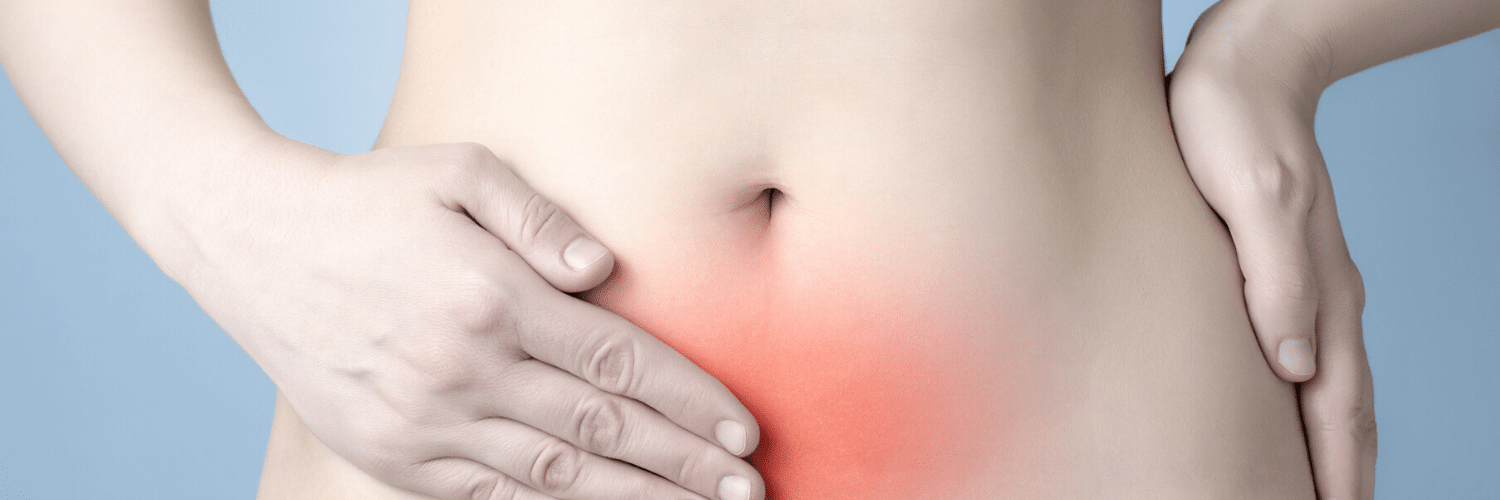
Here is an overview of the causes of abdominal wall weakness or bulging following abdominal-based breast reconstruction and how plastic surgeons can correct the complication. In this article you will find:
1. Benefits of using your own abdominal tissue for breast reconstruction
2. History and evolution of abdominal-based procedures
3. Abdominal complications associated with abdominal-based reconstruction
4. Treatment of abdominal wall weakness, bulging or hernia
One of the fundamental principles of reconstructive surgery is replacing “like with like”. With this concept in mind, when a mastectomy is performed for oncologic purposes or as part of breast cancer risk reduction, the lower abdominal skin and fatty tissue are usually capable of closely matching the breast skin and tissue that are removed during a mastectomy.
The characteristics of the lower abdominal tissue are very similar to natural breast tissue. The skin of the breast and lower abdominal wall share a similar quality and thickness. In skin-sparing or nipple-sparing mastectomies, this feature is of secondary importance as most or all of the native breast skin is left intact during the mastectomy thus the lower abdominal skin is not extensively utilized in this scenario. However, in cases when a significant portion of the native breast skin has been removed due to cancer involvement or deferred reconstruction, the lower abdominal skin is critically important in order to replace the native breast skin that has been removed to closely match the remaining and/or opposite breast skin.
The consistency of the lower abdominal wall fatty tissue also closely resembles the consistency and density of native breast tissue thus producing a soft and pliable reconstructed breast. Furthermore, based on the characteristics of circulation within the lower abdominal tissue, the tissue used for breast reconstruction is ideal to create the most natural shape possible.
For these reasons, abdominal tissue used for reconstructive purposes, commonly referred to as a “flap”, has gained worldwide popularity. However, recognition of certain limitations associated with this procedure has prompted critical evaluation and ongoing refinements in technique in order minimize potential drawbacks.
The first rendition of this procedure relied on maintaining blood flow to the lower abdominal skin and fatty tissue through the underlying rectus abdominis muscle. Originally introduced prior to widespread access to microsurgical equipment, the pedicled transverse rectus abdominis myocutaneous (TRAM) flap used the rectus muscle as a vehicle to carry the necessary blood vessels with the abdominal tissue utilized for breast reconstruction. Commonly known as “the 6-pack” muscle, the rectus abdominis is critical in providing stability and strength to the abdominal core. Removing the rectus muscle creates abdominal wall weakness and hernia formation. Indeed, many patients that underwent pedicled TRAM flap breast reconstruction experienced abdominal wall weakness, hernia formation, and decreased mobility.
With advancements in microsurgical techniques, limited removal of the rectus muscle was later made possible (with the free TRAM flap). Although the chances of hernia and abdominal wall weakness were relatively decreased, these were still common due to the removal of a portion of the rectus muscle.
With continued microsurgical advancements, complete elimination of rectus muscle resection was made possible and represents the most current version of abdominal-based breast reconstruction techniques termed deep inferior epigastric perforator (DIEP) flap. With the DIEP flap, only abdominal skin, fatty tissue, and blood vessels are removed with complete sparing of the rectus muscle maintaining abdominal wall core strength and stability. This makes the DIEP flap today’s most advanced flap breast reconstruction procedure and is the performed technique at PRMA.
In rare instances, despite lack of any rectus muscle removal, abdominal wall weakness and bulges can be experienced after DIEP flap surgery. Most instances of abdominal wall weakness are usually temporary as the incision within the muscle required for the extraction of the blood vessels scars and matures without long-term functional impairments. If early post-operative functional impairment is significant, a course of physical therapy may be recommended.
In rare cases of prolonged weakness or development of abdominal bulging or hernia, impairment of the nerve supply to the lower rectus muscle is the most common cause. Under normal circumstances, the rectus muscle receives its nerve supply from numerous branches of the lower thoracic spinal cord that travel around the back and flank and enter the rectus muscle along the lateral border. Depending on the position of the vessels providing blood flow to the abdominal tissue utilized for reconstruction, transection of a nerve to the rectus muscle is sometimes unavoidable. Although prevention of nerve transection is imperative, if unavoidable, direct repair of the nerve under microscopic magnification is recommended. With such measures, nerve function may be regained without long-term functional impairments. In cases that ultimately develop significant weakness, abdominal bulging or hernia formation, reinforcement of the lower abdominal wall is required with implantation of supportive mesh to provide additional strength to the abdominal wall.
Author: Dr. Oscar Ochoa
In rare instances, despite lack of any rectus muscle removal, abdominal wall weakness and bulges can be experienced after DIEP flap surgery. But they can be fixed.
Leave Comment
-
-

Hello Tammy, we are so sorry to hear you have been through so much. We would be more than happy to evaluate your needs and provide you with our medical recommendations. We can also work to help you navigate your insurance. If you’re interested please feel free to complete our virtual consultation form here https://prma-enhance.com/schedule-a-consultation/.
April 25,2022
-
-

Sept. 2021 TRAM flap surgery left me with weak abdominal wall and bulge. I am getting frustrated with the issue and looking to see what others have done to correct their bulge.
April 27,2022
-

Hello Marilyn, we would be more than happy to evaluate your needs and provide you with our recommendations. We can also work to help you navigate your insurance. If you’re interested please consider giving us a call at 800-692-5565 or you can complete our virtual consultation form at: https://prma-enhance.com/schedule-a-consultation/.
April 27,2022
-
-

Thanks for all the info. Does the mesh repair help with the strength of the muscle as well as the ‘swelling’ look or only the strength? I had flap reconstruction in Dec 2021 followed by the correction of the flap kn the break and fat grafting for shaping in May 2022. My abdomen is still swollen looking maybe even more over time. Interested on the mesh but curious if it will help on both fronts: strength AND reduce the swollen look. Thank you
August 9,2022
-

Hello Monica, thank you for reaching out. We are unable to provide medical advice on this platform. We highly recommend reaching out to the surgeon who performed your surgery.
If you are interested in seeking out a second opinion, please feel free to complete our virtual consultation form here: https://prma-enhance.com/schedule-a-consultation/. Our board-certified plastic surgeons would be more than happy to review your concerns and provide you with their medical recommendations.
September 14,2022
-
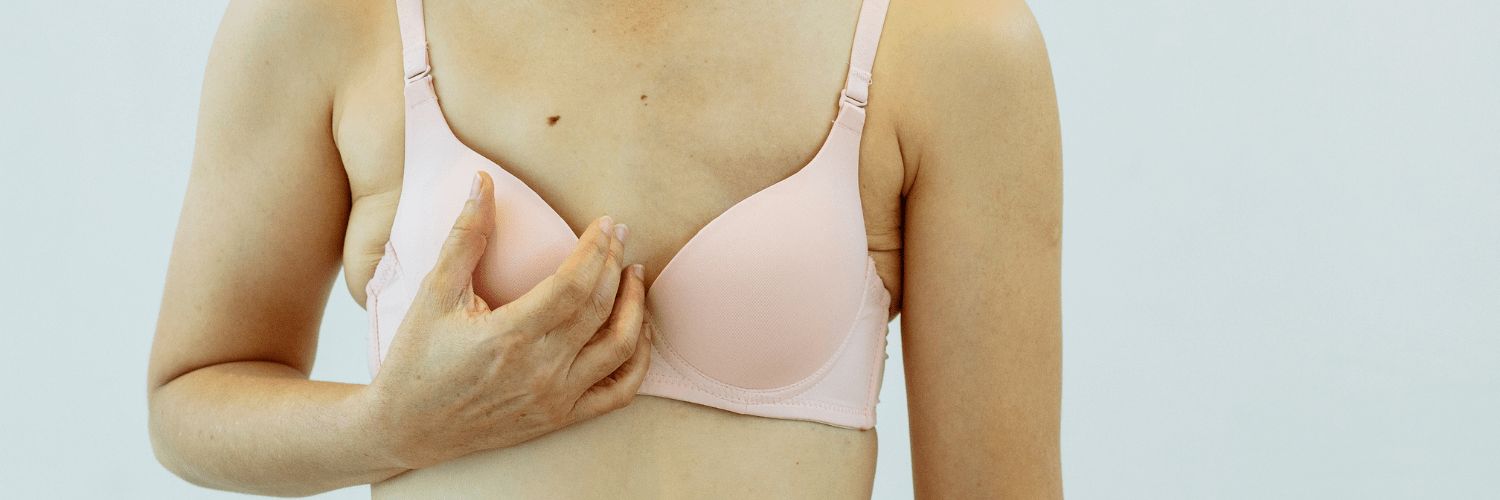


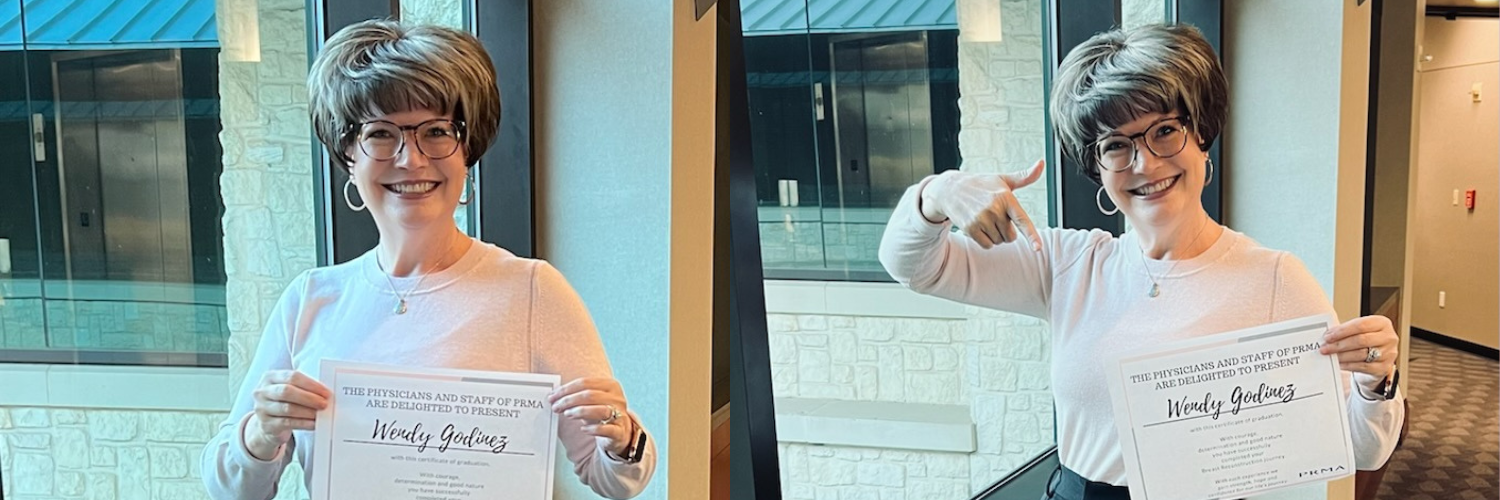

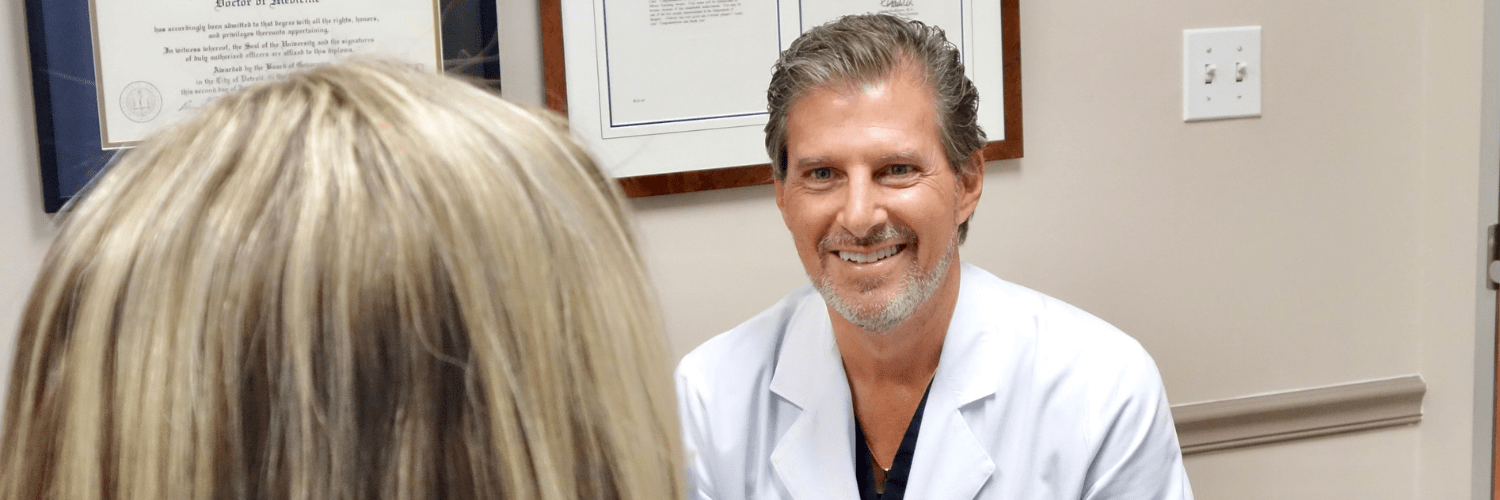




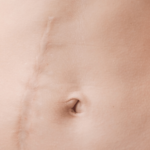
I had the Diep Flap surgery in April 2021. Dr Caroline Clarke is my PS. I’m located north of Houston, Tex. I experienced the abdominal bulge and my dr said it should go away in time. It’s still there! I didn’t have it before my surgery! I wore sizes 6 – 8. Now, because of the bulge, I have to wear sizes 8-10. My dr is saying there’s nothing that can be done to correct it. My insurance is Ambetter. I’m desperate to get this corrected!! My dr also said my blood vessels are too weak to reopen the incision.
I’m at my wits end! Is there anything you can advise?
Tammy Darling
April 22,2022